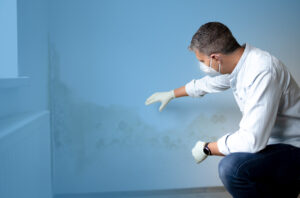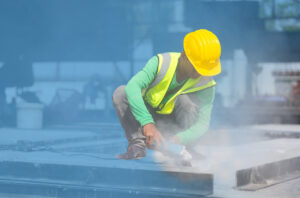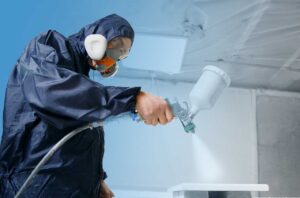While 3D printers may not yet be a feature of every office, school and workplace they have been steadily growing in popularity. As their use increases, a number of concerns have been raised about safety, and studies have suggested, ultrafine particles are likely to be emitted from the 3D printer as the filament is extruded through the nozzle. Evidence suggests that inhaling particles can irritate the airways and lungs. Epidemiological studies into human exposure to ambient air pollution have suggested that in addition to effects in the lungs, people inhaling air that contains high levels of ultrafine particles are more likely to suffer from lung and cardiovascular disease.
The HSE recently formed an advisory panel to discuss health and safety concerns about using polymer filament desktop 3D printers in schools. The HSE also undertook laboratory tests to assess whether polymer filament type desktop 3D printers did release hazardous particles and vapours and if so how they could be controlled.
The tests did find that the printers emitted particles of a size that could enter the airways and lungs and that some plastic filament materials, when heated, were found to release vapours known to be hazardous to health. The research also looked at methods of controlling emissions and found that the following were effective:
- using polymer filaments from reputable suppliers;
- choosing filament materials with a lower emission rate;
- setting a lower operating temperature for the nozzle of the printer through which the polymer filament passes;
- placing the printer inside an enclosing hood fitted with a suitable air filtration system;
- waiting sufficient time for printer emissions to clear (i.e. the clearance time) before opening the enclosing hood.
The tests also found that using a securely locked enclosing hood also reduces the risk of other incidents such as trapping fingers in moving parts or sustaining burns from hot areas of the printer.
Based on this results CLEAPSS (the Consortium of Local Education Authorities for the Provision of Science Services) has published a new good practice guide for the use of 3D printers. This can be downloaded from the CLEAPSS website at: https://science.cleapss.org.uk/Resource-Info/3D-printing-in-schools-and-colleges-managing-the-risks.aspx
While the CLEAPSS guide is aimed at schools and educational establishments, the guidance will be relevant for other users of this equipment.
The HSE research report can be downloaded from the HSE’s website at: https://www.hse.gov.uk/research/rrpdf/rr1146.pdf
Please speak to your normal PIB Risk Management contact or get in touch using [email protected] if you have any questions about the safe use of printing equipment.

New rules for providers of social housing in England

Small but mighty – working safely with nanomaterials

Do you have a MEWP rescue plan?

Changing the asbestos control regime

HSE Launch Motor Vehicle Paint Spraying Campaign
